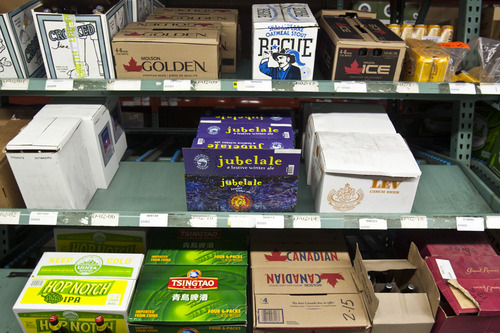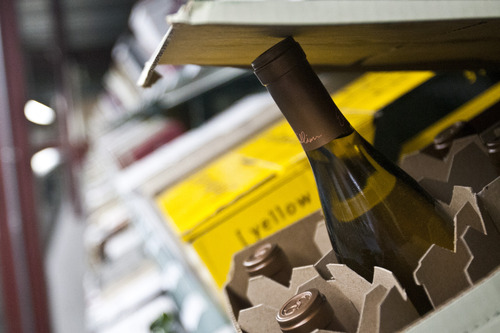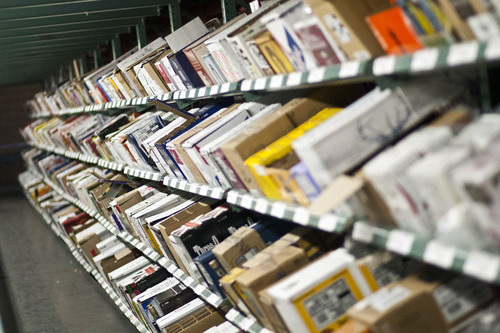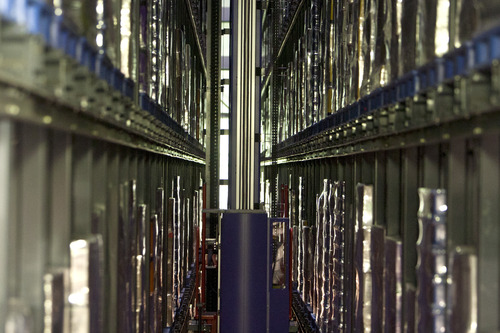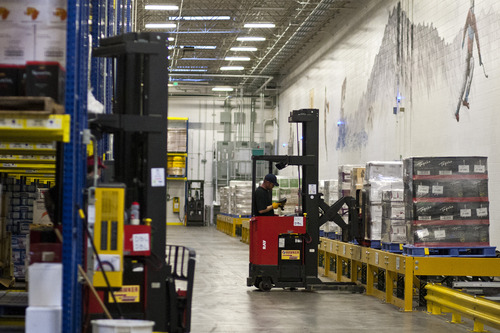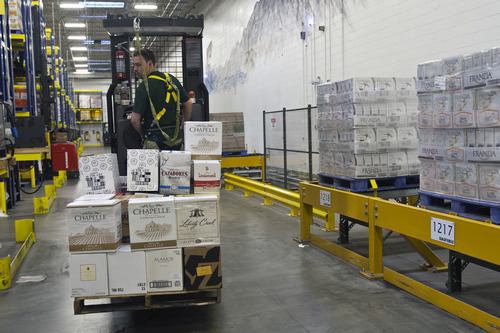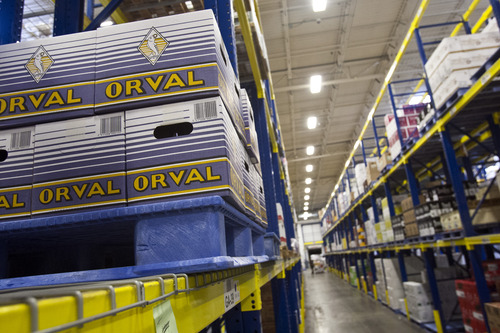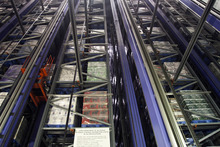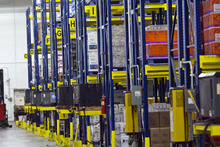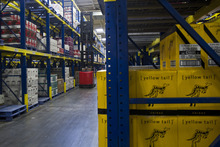This is an archived article that was published on sltrib.com in 2012, and information in the article may be outdated. It is provided only for personal research purposes and may not be reprinted.
In a state known for its teetotalers, imbibing is on the upswing in Utah — with drinkers downing nearly a third more liquor than they did six years ago.
Although key members of the Mormon-dominated Legislature for years have tried to control consumption by restricting the number of alcohol licenses available to restaurants, bars and clubs, an inevitable demographic change and the push for more economic development could help reshape that longtime policy.
Sen. John Valentine, R-Orem, who authors most of the important liquor-related legislation in Utah, is planning to introduce a bill in the upcoming session that would free up more liquor licenses by allowing chain restaurants to obtain a single "master" license for all their locations.
Under current law, each outlet must have a liquor permit, tying up dozens of licenses and creating shortages, which lawmakers generally have been unwilling to remedy, citing concerns about drunk driving, underage drinking and overconsumption. More than 80 percent of legislators are members of The Church of Jesus Christ of Latter-day Saints, which teaches its members to refrain from drinking alcohol.
"The bill addresses one of the biggest issues I've heard over the last couple of years," Valentine said. "Large chains want predictability when they enter a market. They want to know that if they otherwise qualify, they can get an alcohol license."
A lack of available licenses has stopped some chains from entering the market and others from expanding, drawing the attention of everyone from the governor to business owners left out in cold by a lack of permits.
Rob Broadwater, manager of the Red Rock Place restaurant in Murray, said that with the influx of people coming into the state, "there's been a change in demographics. Many of these people weren't raised in a system where it's forbidden to drink. That makes it critical to get a liquor license. Without one, it hinders your ability to serve your customers in the way they've come to expect."
Steven Bogden, managing director of Coldwell Banker Commercial, said it's confusing when the national media tell of the scarcity of liquor permits in Utah at the same time the state is trying to recruit companies to relocate here.
"Since the 2002 Olympics, we've been getting visitors who before had never heard of Utah," he said. "Today, places serving alcohol are doing a bustling business. It's a fact that for many people it's normal to serve alcohol at meals and social occasions."
A new report by the Department of Alcoholic Beverage Control, the agency that oversees the state-controlled liquor monopoly, seems to back the contention that people in Utah are imbibing more often.
In 2006, a Utahn on average consumed nearly 1.96 gallons of liquor annually, compared with 2.54 gallons today — an increase of 30 percent. The most popular alcoholic beverage is wine, with per capita consumption this year rising to more than a gallon, an increase of more than 20 percent.
Two years ago, legislative auditors said the amount of liquor sold in Utah had increased at a far greater rate than the population, indicating a greater percentage of drinkers. While the population from 2001 to 2009 increased 22 percent, gallons consumed during the same period increased by 54 percent.
To be sure, Utahns drink far less than others nationally, according to a 2010 report by the National Alcohol Beverage Control Association. Only people in Maine drink less beer than do Utahns, and only residents of West Virginia and Mississippi drink less wine. West Virginians are the only ones who consume fewer spirits.
But the increase in per capita consumption in Utah is for all types of alcohol, including wine, heavy beer and spirits.
Bogden and others say the increasing demand is putting pressure on the need for more liquor licenses, which have chronically run short for the past several years.
In May, permits were in such short supply that 45 applicants vied for a single restaurant permit, whose available numbers are tied to quotas linked to the state's population. The month before, 28 license applicants went away empty-handed. Fifteen applicants are on a waiting list for a bar license, but only one will become available in November.
As concerns about the shortage increased, lawmakers in July voted to create 90 more restaurant licenses, and Gov. Gary Herbert quickly signed the legislation, which went into effect immediately. Still, some commercial developers are worried that liquor permits will again run dry as early as next spring.
Twitter@DawnHouseTrib —
Utah's liquor monopoly — impacts
Governance • Utah is one of 18 liquor-control states, and the only one whose oversight board is dominated by self-proclaimed teetotalers.
Where the money goes • Utah spends 11 percent of its Department of Alcoholic Beverage Control budget on wages and operating costs, and collects more than three times that amount in sales taxes, subsidies for school lunches and profits.
Wages • The majority of the 570 or so workers for the DABC are part-timers whose earnings are at or below the poverty level. They receive no medical benefits, vacation time or sick leave. —
Consumption on the rise
Annual per capita consumption, per gallon, has increased since 2006:
Wine • .887 gallons to 1.065
Spirits • .743 to .913
Heavy beer • .328 to .514
Flavored malt • .035 (2010 when restricted to state stores) to .052
Total consumption • 1.958 gallons to 2.544


